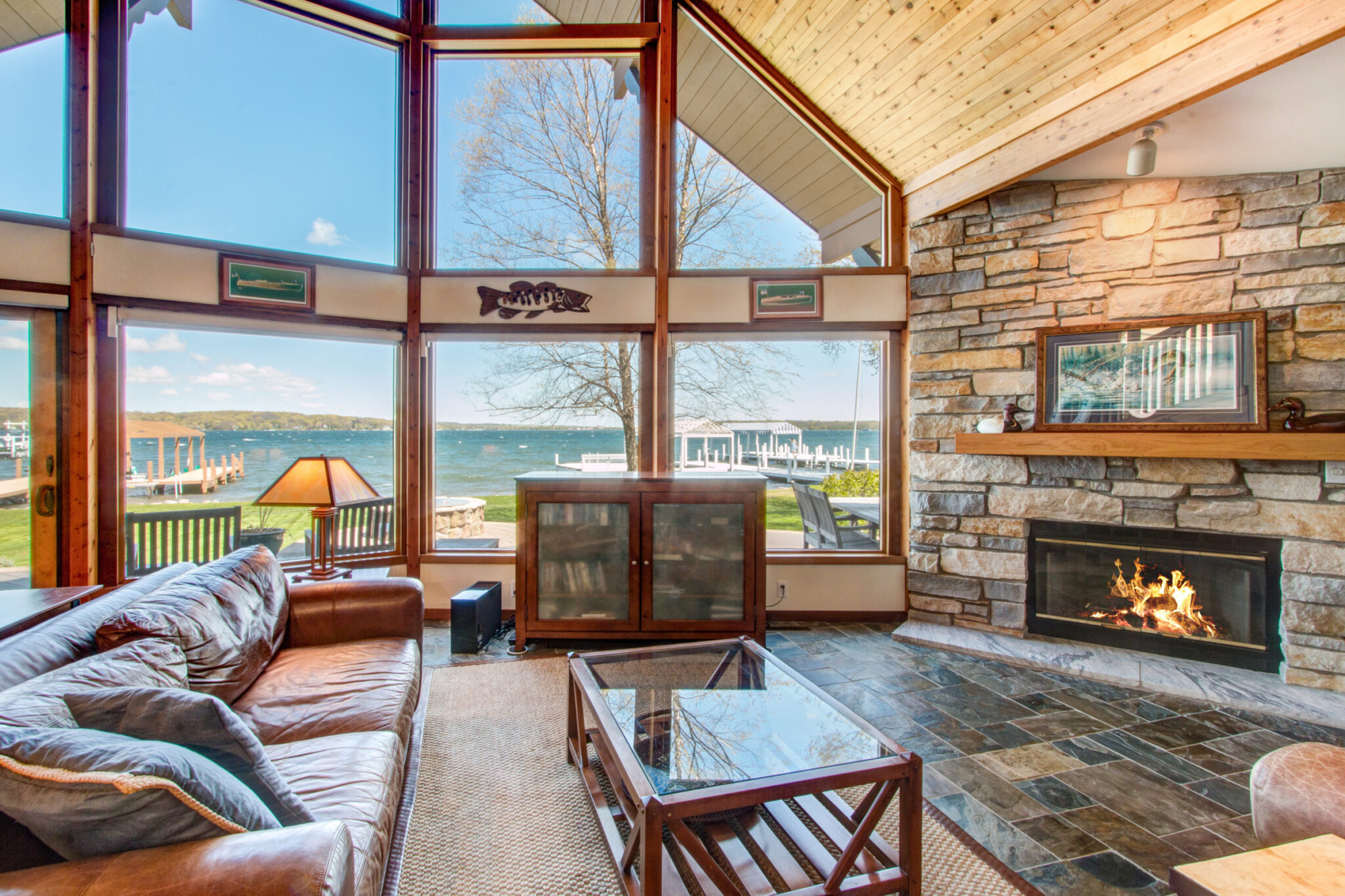It’s tax day. There’s snow on the ground. If we look at those two conditions we could all agree that things are terrible. Except out West, they’d all be so happy with some freshie on the ground, but they’ve all lost their minds, a condition publicly proclaimed with little more than a flat brim hat. And I suppose except around here, too, because recent elections show that people love taxes. Crave taxes! They vote for them time and time again. For the children, they say. Yes, things could be terrible today if they weren’t so absurd.
But what was I trying to talk about? That’s right, the lakefront market. Last Friday I sold my listing on Park Drive on the South Shore. That’s a nice little sale for our market, at $2.1MM, a reasonable number for both buyer and seller. The sale came in at $26,582 per front foot, which is behind the 2018 average but close enough. And about that average, $27,994 for 2018. Does this mean this sale on Park was some outstanding value relative to the 2018 average? No, it doesn’t really mean that. Does it mean that the lakefront market has softened, as evidenced by this sale on Park? No, it doesn’t mean that, either. Further, this year there have been 18 YTD lakefront and lake access sales, up from 14 for YTD 2018, down from 25 YTD 2017. Does this mean the market is better than last year but worse than it was in 2017? Don’t be ridiculous.
That’s the problem with the metrics of real estate in a small volume market. They don’t really matter. Sure, there are places and properties where they matter, like a 100′ vacant lot with reasonably level frontage. That sort of property might be worth $2.5MM today. Why shouldn’t it be worth $2,799,400? After all, that’s what the data tells us it should be worth. The reason is simple. Each sale on Geneva is a unique situation, with no two parcels (excepting rare instances where platted lots are identical on a specific section of a specific roadway) being the same. That’s why the data is less a blending of the market’s uneven edges and more a collection of anecdote. What’s 100 feet of frontage worth? Somewhere between $2,000,000 and $3,000,000. Is that good enough?
I suppose I know the answer. It isn’t good enough. That’s why your choice in representation, be it sell or buy side, matters so much here. If you’re bopping around Phoenix and you’re just dying for a three bedroom cinder block ranch with a stone yard and a kidney shaped pool, you’re in luck. Zillow might sell you that house. Or Opendoor, or the real estate agent who works in the station next to your aunt in the Great Clips on Rattlesnake Way. You know, the one around the corner from Parched Parkway. But these are desert jokes, and they’re ridiculous, just like the thought that you need special care when you’re buying a ranch in Phoenix.
This isn’t Phoenix. It isn’t Naperville, either. It’s a dynamic market where numbers don’t always justify value, and where value isn’t always justified by comps. It’s a market where a $2MM house with 60 feet of frontage can be wildly overpriced, where another $2MM house with 60 feet of frontage, a half mile away, can be a screaming value. I used to sit at this desk and see this market as you see it. As other agents still see it. With a smirk that was a blended emotion of bemusement and confusion. Today I see it differently. It’s clear to me. And if you want it to be clear to you, we should be working together.

